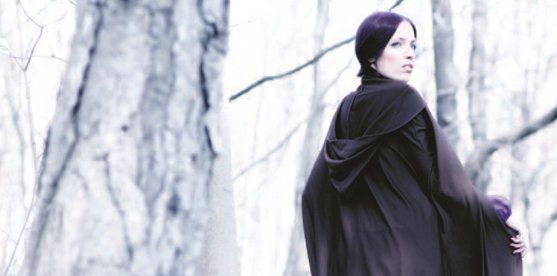by Professor Diana Wallace, author of Female Gothic Histories
Women’s historical fiction tends to attract a bad press. One very well-known television historian has rather sneeringly labelled it ‘history as Mills and Boon’. Yet because women have traditionally been excluded from mainstream history – both as subjects and as writers – they have very often turned to fiction to re-imagine their lost and forgotten past. As I argue in Female Gothic Histories, the Gothic, with its imagery of haunted castles, lost or absent mothers and awe-inspiring landscapes, has offered a mode of writing which can both symbolise women’s exclusion and imaginatively re-insert them into history. As I was writing this book I was acutely conscious that I wanted to do justice to a group of women writers – Sophia Lee, Elizabeth Gaskell, Vernon Lee, Daphne du Maurier – who have not always been given the attention and respect I felt was due to the creative intelligence of their writing.
Vernon Lee (the pseudonym for Violet Paget), is a case in point. Known now, if she is known at all, for a handful of brilliant supernatural stories, she also produced novels, travel literature, feminist essays, and a series of influential studies on aesthetics and the arts. She was outspoken, unconventional and never married: Henry James described her as a ‘tigercat’ and as having a ‘monstrous cerebration’.
Although she spent most of her life in Italy, Vernon Lee also had a fascinating Welsh connection which has been virtually ignored. Her mother, Matilda Adams, was born and brought up in Middleton Hall, Carmarthenshire, now the site of the National Botanic Gardens. Lee set one of her best fictions, Penelope Brandling: A Tale of the Welsh Coast in the Eighteenth Century (1903), in her mother’s natal country. A classic piece of female historical Gothic, Penelope Brandling is a self-consciously revisionary text which makes a courageous and intelligent heroine central to the plot.
The novel begins when Penelope’s husband Eustace unexpectedly inherits the family estate, St Salvat’s Castle, in Wales. Once at St Salvat’s the couple find themselves effectively imprisoned when they discover that Eustace’s sinister clergyman uncle is the leader of a band of wreckers who lure ships on to the treacherous coastline to plunder their cargoes. One of the most fascinating elements of this surprising novel is that it is set in what is a very lightly fictionalised version of St Donat’s Castle, near Llantwit Major. The ancient castle with its mix of medieval and Tudor architecture, the church, the gardens descending to the woods and the sea wall, and the sublime coastline are all brilliantly evoked by Lee as an eerie backdrop to this haunting novel. Lee also draws on the history of the Stradling family, who owned St Donat’s until 1738, to weave together a plot which mixes fact and fiction to foreground the violent erasure of the female past in so much written history.
Certain plot elements, as I argue in Female Gothic Histories, suggest that Penelope Brandling may have influenced Daphne du Maurier and the novel has an ending which anticipates the sassy feminist heroines of Angela Carter. Nothing could be further from the clichéd stereotype of women’s historical fiction as ‘Mills and Boon’. It is a crying shame, therefore, that this atmospheric and sophisticated novel is still out of print.
Diana Wallace is Professor of English Literature at the University of South Wales.


